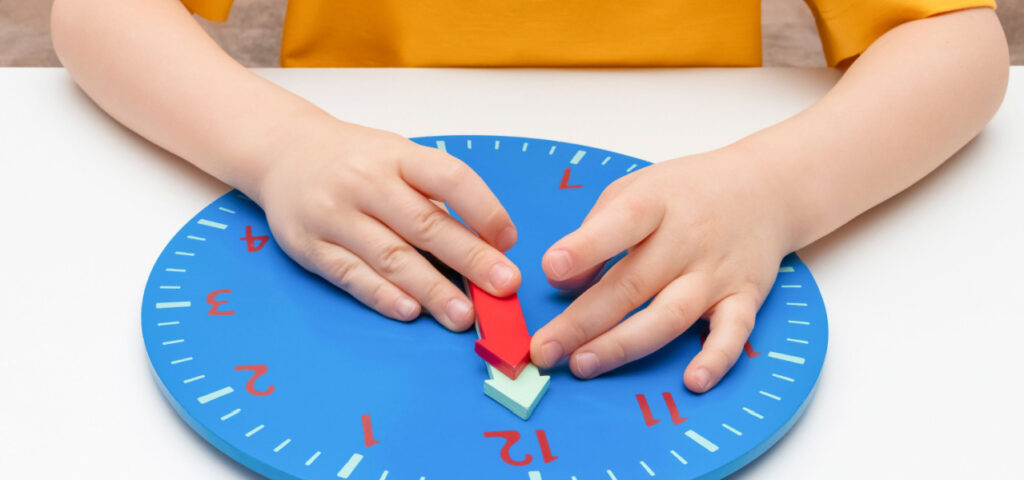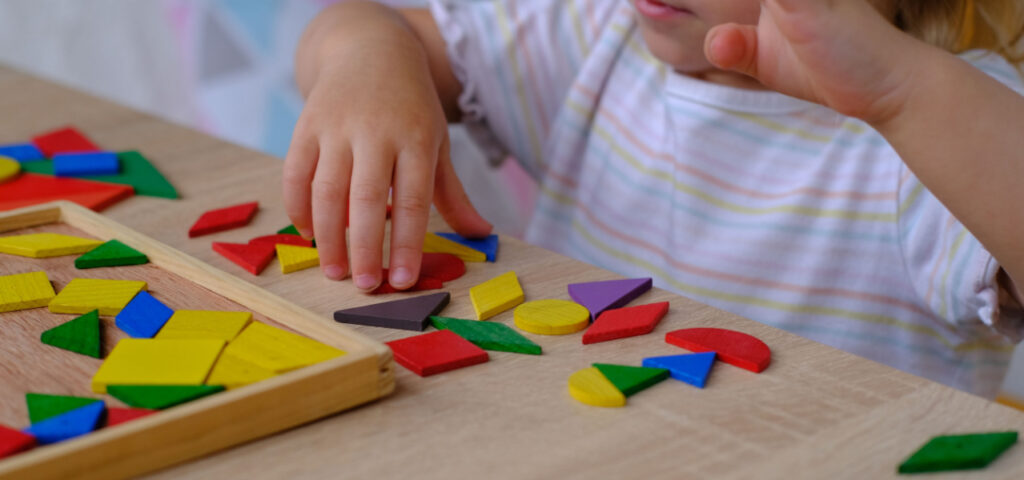
How to Bring Tactile Learning Into Your Homeschool
Tactile learning refers to learning through touch and also extends to learning by doing something for oneself and learning through movement. It’s one of several different ways that children can engage with the material they’re studying. Adding a tactile approach to the auditory, visual, and reading and writing components of your lessons gives children one more entry point to connect with new ideas. Let’s take a deeper look at the key elements of tactile learning and how you can add this educational tool into your homeschool.
Tip: Homeschool+ embraces and employs multiple pathways to learning, providing children with numerous opportunities to engage with the curriculum.
What is Tactile Learning?
In tactile learning, also known as kinesthetic learning, students learn through hands-on, physical activities. Tactile learning is often described as a multi-sensory learning because a child first hears or sees new material and then furthers their comprehension by exploring the material with their hands and through movement. Because it uses the sense of touch, tactile learning is thought to be more engaging and more likely to help children retain information.

Tactile learning is also helpful for developing problem-solving strategies, as students are encouraged to think creatively when they encounter challenges with hands-on activities and rely on their own instincts to find solutions.
Tactile learning typically introduces new concepts with activities and exploring or creating things by hand, which means manipulatives and hands-on projects are a major part of this learning approach. Tactile learning is active learning, meaning children engage with a lesson with their whole body. They’re encouraged to move and interact with their surroundings and their learning materials.
Add Tactile Learning to Your Teaching Strategies
Children benefit from learning new subject matter in a variety of ways, including visually, audibly, reading and writing, and through movement and touch. You can add elements of tactile learning to your homeschooling lessons through several different approaches.
Engage Your Child’s Hands
Look for ways to involve your child’s hands and their sense of touch in lessons. You can do this in large and small ways. For example, when explaining new topics, encourage your child to take notes or highlight text as you read through material together. During read-aloud stories, invite your child to draw out what they’re hearing, build with clay, string beads, or knit.

You can also use manipulatives, which are concrete objects that allow students to explore an idea with their hands. Manipulatives can include any object from your home, such as blocks or beads, marbles, fabric scraps, or cotton balls. Manipulatives are often used to teach addition or subtraction and other math concepts.
Use Hands-on Projects
Hands-on projects and activities are an important part of tactile learning as it allows children to explore concepts themselves. Try including lessons that involve making or doing things by hand, such as build-it-yourself kits, science experiments, gathering and sorting objects, art projects, and playing with board games.
Add Movement and Physical Activity
Tactile learning is tied to kinesthetic learning, which involves learning through movement. Add movement into homeschooling by providing yoga or stretching breaks, exploring a topic through an activity, and or even just moving to a new learning environment. You can also bring learning into daily walks and outdoor exploration or by enjoying field trips.
Examples of Tactile Learning Activities
- If you’re studying geology in your homeschool, add in movement and touch by heading outdoors to hunt for different rocks. Have your child note the differences in color and texture and discuss what might have caused those differences.
- Building a diorama brings tactile learning to almost any subject. Create a diorama of animal habitats, landmarks, different areas of the world, or the setting of a story.

- When learning about fractions, cut out paper into halves, quarters, and eighths. Add in some baking and discuss how fractions appear in everyday measurements.
- When learning letter shapes and sounds, let your child form the letters in finger paint or even sand or dirt.
- Find picture books that bring varying textures into the illustrations.
- Bring in writing tools that feel different when being used, like smooth gel pens, dusty chalk, freshly-sharpened pencils, and felt-tip markers.
How Homeschool+ Curriculum Can Support Tactile Learning
Homeschool+ curriculum presents information in a variety of ways, providing multiple opportunities for children to engage and connect with the subject matter. The tactile aspect of Homeschool+ is most apparent in the offline, hands-on learning activities that home educators will find in the Lesson Plans. Each unit’s Lesson Plans come with several activities that provide additional learning on a topic. Children are free to engage with all of the activities or pick the one that interests them the most.
Our easy-to-implement curriculum includes science, social studies, grammar, writing, Spanish, art, and piano, as well as an adaptive and interactive math and reading curriculum.
Homeschool+ also includes a Lesson Planner, which allows home educators to customize their child’s curriculum. The Progress Tracker tool lets you monitor your child’s work, specifically what skills they’re working on as well as the time they are spending on them.